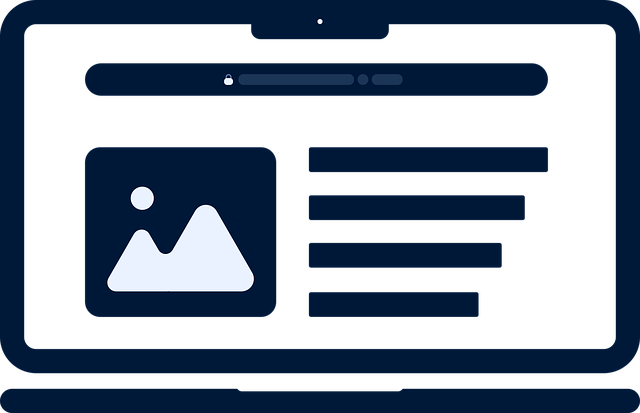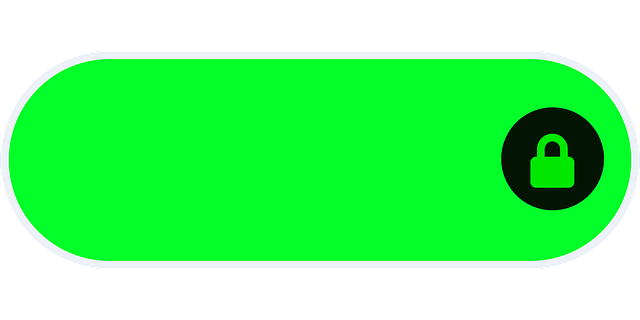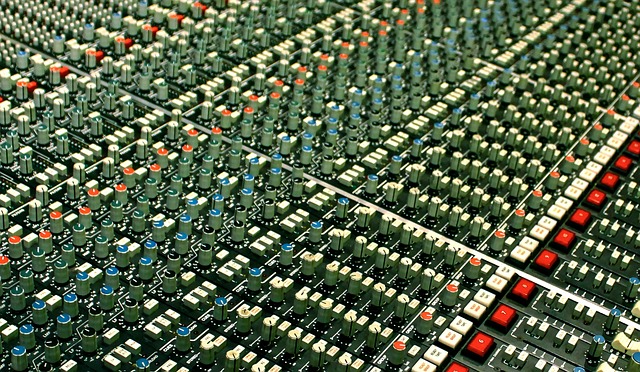Visual content enhances the user experience.
Users prefer to examine visuals rather than reading text.
This makes them stay on your page longer.
Search engines take into account how long users stay on the site.
Longer stays show search engines that your content is valuable.
So, an article with images has a better chance of achieving higher rankings.
Keyword Usage and Tagging
When using visual content, it is important not to forget keywords.
By using keywords in the alt tags (alt text) of your images, you ensure that search engines understand your image.
You should also optimize the filenames of your images.
These small details will boost your SEO and make your images appear better in search results.
One of the biggest advantages of an image is its potential to be shared more on social media platforms.
A compelling image grabs the attention of users and gets them to share it.
This, in turn, leads to an increase in traffic to your site.
Images are also an effective tool for promoting your brand.
The use of visual content in SEO has become not only a choice but also a necessity.
While visuals bring your content to life, they also influence users.
Remember, a picture is worth a thousand words!
Boost SEO with Visuals: Strategic Approaches
Use of Keywords: When optimizing your images, it is very important to use keywords.
Including keywords in the image’s file name and alt text allows search engines to better understand your content.
For example, how meaningful is it to write “flower” instead of “white-rose” in a flower photo?
Don’t Forget Loading Speed: The size of your images is also critical.
Excessively large files can increase the loading time of your website.
This negatively affects the user experience.
Speed is the foundation of the internet; a slow site is enough to lose visitors.

Create Emotion: People respond emotionally to visuals.
The visuals you use can help you connect with your audience.
The story behind a photo can increase people’s engagement with your content.
So, visuals are not just decoration; they are also a communication tool.
Mobile Compatibility: With the increasing use of mobile devices, images must be mobile-friendly.
Responsive designs ensure that images are displayed correctly on every device.
Ensuring that users have a good experience on all platforms strengthens your SEO.
Using images effectively is an essential part of your SEO strategy.
With these approaches, your content will attract more attention and you will be able to build a stronger connection with your target audience.
Visual Content for SEO: Which Types Are More Effective?

Visual content is one of the most effective ways to boost your website’s SEO performance.
Think about it, when one page has only text and the other has stunning images, which one do you want to visit?
People are more sensitive to visual stimuli, so using quality images will keep users on the page longer.
Photos, infographics and videos are the most popular types of visuals.
For example, infographics present complex information in an easy-to-understand format.
Likewise, videos entertain and inform.
But remember, the size of the images also matters.
Fast-loading images improve the user experience and therefore contribute to your SEO.

The alt text of images is a critical element for search engines.
Alt texts containing the right keywords increase the visibility of your images in search results.
Thus, not only the texts but also your images gain value in terms of SEO.
The variety and quality of visual content plays a decisive role in the success of your website.
It is possible to find ways to improve your SEO performance with images that attract users’ attention and provide information.
By discovering which types are most effective for you, you can improve your visual content strategy.
The Role of Images in Search Engines: What You Need to Know
Basic Steps of Image Optimization Image optimization involves not only correct sizing, but also appropriate file names and alt text.
For example, using descriptive file names such as “summer-campinda-cocuklar.jpg” instead of “IMG_1234.jpg” makes more sense for both search engines and users.
Alt text provides a great opportunity to describe the content of the image.
By analyzing this text, search engines understand what the image is about, which contributes positively to rankings.
Speed and User Experience Remember, the loading speed of images is also a critical factor for user experience.
Slow loading images can cause visitors to leave your site.
So don’t forget to compress and size your images when optimizing them.
Fast loading pages are more preferred by search engines.
Mobile Compatibility and Visual Design Today, internet usage on mobile devices is quite common.
While mobile-friendly visuals increase the experience of users, they also provide a great advantage in terms of SEO.
By using images compatible with responsive design, you can get a perfect image on every screen.
The role of images in search engines is an essential part of your SEO strategy.
Optimizing your images correctly is a big win for both users and search engines.
Never underestimate the impact your images can have!
Visual Optimization Tactics for SEO Success
First of all, it is very important to reduce the file size.
Large images slow down page loading speed, which can cause users to bounce from your site.
You can reduce the size by using appropriate formats (such as JPEG, PNG) when saving the image.
Also, uploading appropriately sized images attracts users’ attention.
Everyone wants to see a high-resolution image, but uploading too much data is not a good idea!
Adding alt text is also a detail that should not be forgotten.
An alt text that explains what the image is about is important for both SEO and accessibility.
Google uses this text to understand images, so using your keyword here is a great strategy.
Also, the positioning of the image is an important factor.
Images that are placed in line with the flow of content on your page will not distract users.
In addition, matching images with the text around them helps visitors spend more time on your page.
Finally, social media integration should not be overlooked.
Making your images shareable on social media platforms will help you reach a wider audience.
People love to engage with eye-catching images, so optimizing them properly is one of the keys to your SEO success.
Frequently Asked Questions
How to Optimize Visual Content?
Optimizing visual content is essential to reduce load times and improve user experience.
This is accomplished through steps such as reducing the size of images, choosing appropriate file formats and adding alt text.
Optimized images increase the speed of web pages and are better indexed by search engines.
Which SEO Tools Can Be Used with Visual Content?
You can use various SEO tools to optimize your visual content.
These tools offer functions such as reducing the size of images, adding alt text and performing keyword analysis.
Thus, you can increase your visibility in search engines.
How to Use Keywords in Images?
Keywords in images are used for better visibility in search engines.
Including keywords in the file name, alt text and descriptions of images improves SEO performance and makes it easier to reach the target audience.
Which Image Formats are Best for SEO?
Image formats affect your website’s SEO performance.
JPEG, PNG and WebP formats are ideal for SEO by offering fast loading times and high-quality images.
Also, using appropriate file sizes and descriptive alt tags improves visibility in search engines.
Why Visual Content is Important in SEO?
Visual content is critical for grabbing users’ attention and increasing engagement.
Search engines can influence page rankings by evaluating the optimization of images.
Quality and relevant images improve the user experience and boost a site’s SEO success.